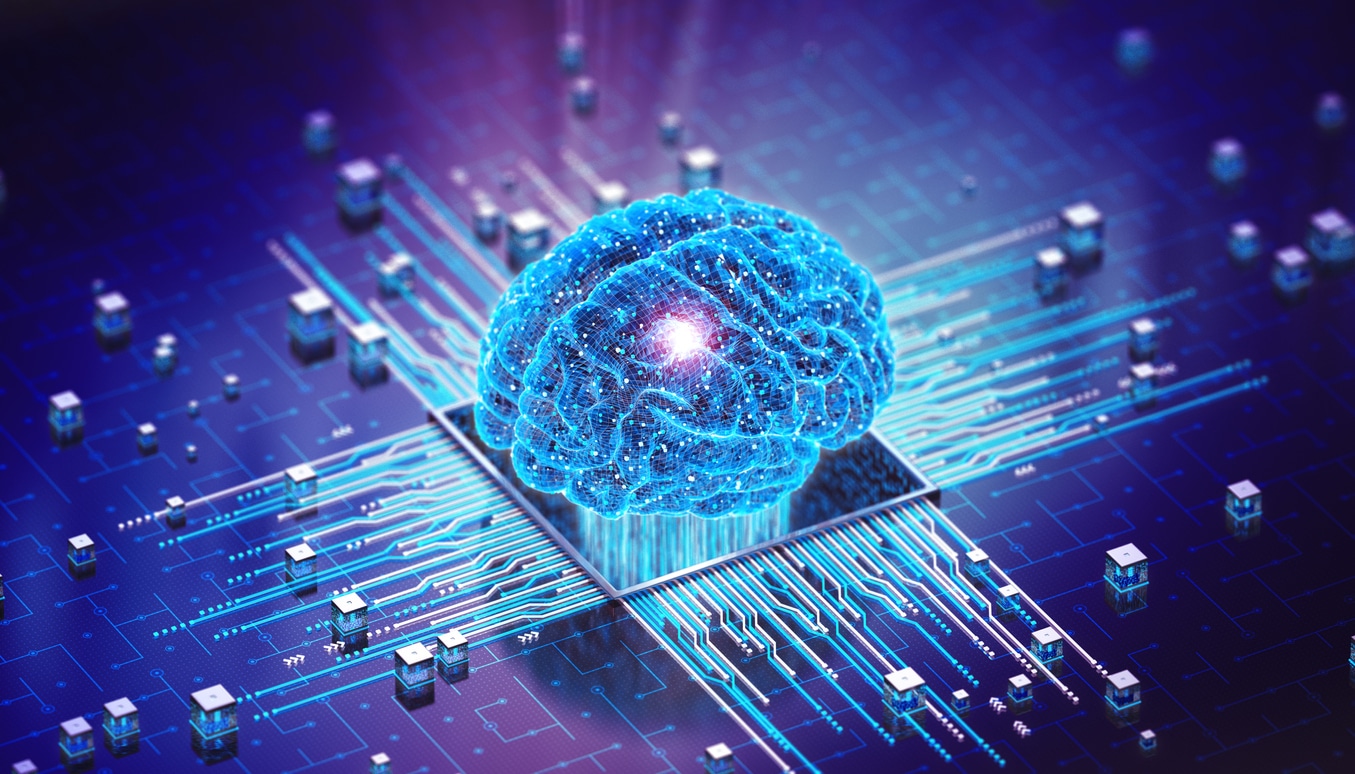Machine learning tools help data engineers and scientists set up models, select data, and deploy models. Version management groups a set of data, algorithms, and parameter settings as one entity so results can be rolled back to a previous state if needed. Many ML tools help improve the accuracy of predictions without being explicitly programmed.
Applications That Use Machine Learning
Before we discuss specific ML tools, it is helpful to learn about common applications that apply algorithms using data to predict or infer data. These applications include the following examples:
- Detect anomalies in transactions for fraud detection.
- Detect network intrusions by analyzing traffic patterns to observe and act upon unusual activity.
- Classify the sentiment of communication in social media feeds.
- Classify emails and handle them appropriately.
- Bucket data into clusters with similar values.
- Classify images based on their content.
- Recognize objects in an image or video, such as people and packages, in the case of a doorbell camera.
- Predict the weather.
- Predict subsequent values based on an initial series of values using regression analysis.
- Understand text messages and speech with natural language processing (NLP) to support language translation and to create summaries.
- Predict a continuous value, such as house price, stock price, etc.
- Sort data based on specified criteria.
Building and Deploying a ML Project
Below are the critical steps involved in a ML project:
- Data is the lifeblood of a ML project. Data collection locates the data sources required for the ML model. More data points can result in more accurate predictions.
- Data preparation transforms datasets to be used in the ML model. Data quality is improved by filtering out irrelevant content, filling gaps, and making data formats more standardized.
- The model selection process zeros in on the appropriate ML model training method. The selection is based on the type of data used to feed the model.
- Model training applies algorithms to data sets to iterate and improve the prediction accuracy of the ML model.
- Model evaluation tests output predictions against validation datasets to determine the model’s accuracy.
- Parameter tuning adjusts the model to improve its efficacy.
- The output from the project is a set of predictions.
Available Machine Learning Tools
Accord.net
Accord.net provides ML libraries for audio and image processing. Algorithms supplied include numerical linear algebra, numerical optimization, statistics, artificial neural networks, and signal processing.
Amazon SageMaster
Designed for AWS users to design and train ML models. Includes tools for ML operations with a choice of tools to use in ML workflows.
Apache Spark MLlib
Apache Spark MLlib is an open-source distributed framework for ML. The Spark core is developed at the top. MLlib includes algorithms for regression, clustering, filters, and decision trees.
Apache Manhout
Apache Manhout helps data scientists by providing algorithms for pre-processors, regression, clustering, recommenders, and distributed linear algebra. It includes Java libraries for common math operations.
Azure Machine Learning Studio
Azure Machine Learning is Microsoft’s attempt to compete with Google AutoML. It includes a graphical UI to connect data with ML modules.
Caffe
Caffe (Convolutional Architecture for Fast Feature Embedding) is a tool that supports deep learning applications, which includes a C++ and Python API. Caffe is covered by a Berkeley Source Distribution (BSD) license. A BSD license is used to distribute many freeware, shareware and open-source software.
Google Cloud AutoML
Cloud AutoML platform provides pre-trained models to help users create text and speech recognition services.
IBM Watson
IBM provides a web interface to Watson which excels in NLP interactions.
Jupyter Notebook
Jupyter Notebook is very popular with data engineers supporting Julia, Python, and R.
Open NN
Open NN implements neural networks with a focus on deep learning and predictive analysis.
Keras
Keras is used for creating deep learning models and for distributing training of deep learning models.
Qwak
Qwak is a set of tools for ML model development with strengths in versioning and production testing.
Rapid Miner
Rapid Miner is focused on data sciences with a suite of data mining, deployment, and model operations capabilities.
Scikit-learn
Scikit-learn is a set of tools to support predictive data analysis and model selection. The library of tools is available with a BSD software license.
Shogun
Shogun algorithms and data structures for ML support vector machines for regression and classification. Language support includes Python, Octave, R, Ruby, Java, Scala, and Lua.
Tensorflow
TensorFlow is a free, open-source framework using ML and neural network models. Tensorflow is used for natural language processing and image processing. A Javascript and Python library can execute code on CPUs and GPUs.
Actian and Machine Learning Tools
The Actian Data Platform is a highly scalable data analytics platform with a rich feature set designed for ingesting, organizing, analyzing, and publishing data. The Actian Data Platform can help ML engineers and data scientists by automating data pipelines, connecting to operational data sources using predefined connectors and transforming data for ML use cases.




